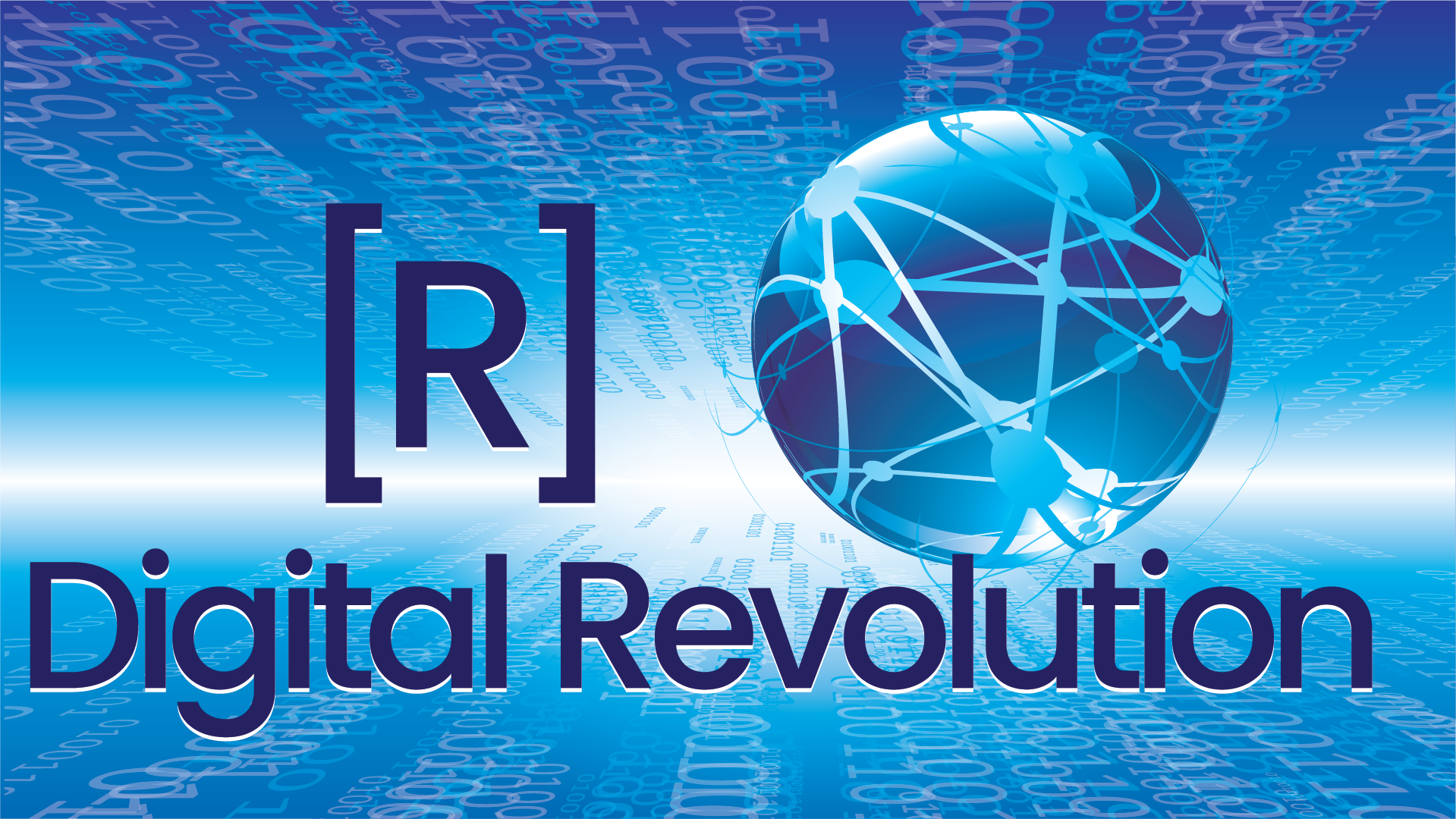
Digital Transformation vs Digitalization Transcript
Every day we are inundated with thousands of advertising messages. It’s all around us. But recently, advertising has taken a bit of a turn as already discussed, it has become targeted to the recipient.
Transcript – Digitalization vs. Digital Transformation
Welcome to the digital revolution and I am your host, Keith Connell. This audio and video series is dedicated to helping you better understand the digital world around us and what to look for next.
Every day we are inundated with thousands of advertising messages. It’s all around us. But recently, advertising has taken a bit of a turn as already discussed, it has become targeted to the recipient. In fact, there are sporting venues in North America who are utilizing facial recognition in conjunction with their LED advertising systems to maximize their advertising. In short, if the system sees a younger audience, the ads that are called up target the youth. In addition to custom advertising opportunities, we now are hearing the terms digitalization and digital transformation more and more. But what is the difference?
Digitalization can be seen in everyday objects such as a clock or a speedometer in a car. In essence, the concept of digitalization is taking something analogue and turning it into data that can be analyzed. But where have we seen this recently? If you were thinking advertising, yes. About twenty years ago advertisers relied on a different type of metric to estimate how many views an advertisement would receive based on circulation, ratings on the radio or Neilson ratings. Companies advertised to the masses with a rough understanding of what was they could expect but, to be transparent, it was a calculated estimation. These estimates definitely had trends associated but it was not an exact science.
Fast forward to today and the level of information we can glean from an advertisement has become granular. The calculated risks associated with above the line advertising using mass media tools such as television, radio, print ads and outside the home advertising is now being replaced with a laser focused technique called below the line marketing. This approach uses search engine marketing, paid search strategies, social media and content marketing and email campaigns for the personal approach. While the personal touch is important, more significant is the idea that as marketers we can now say that we want to target a specific clientele. For instance, if we were marketing a new beer aimed at the younger generation, we can now advertise selecting people 19 – 29 years old, who are college students living in the L4M section of Barrie Ontario who frequent concerts and special events. What’s even more exciting is that we can also determine how many people are seeing the ad and interacting with it. Calculated risk is being replaced with scientific analysis. This is one of the most exciting examples of digitalization.
But what is digital transformation then? This is where a company reinvents itself focusing on the customer first using technology to better understand their needs. The process means companies forget the phrase that is how we always did things and focuses on bringing in new ideas. Car dealerships are introducing digital delivery of their vehicles based on the consumer’s interests; pizza companies are automating not only their ordering system, but through robotics, how the product is being made and how it is being delivered through self-driving automobiles. The end result of digital transformation is not only cost-savings as systems are redesigned, and deployed but also increased profitability as customers become more satisfied with their purchase and they share the good news.
While digitalization is relatively quick to execute, digital transformation takes more time as it involves all aspects of the organization. Through enhanced analytics and controlled process modification, companies are starting to jump on board and for them, I say welcome to the digital revolution.
Photo by Matt Botsford on Unsplash
All music used by license from Story Blocks (www.storyblocks.com).
The content of this podcast cannnot be rebroadcast or remixed with the artists expressed written consent.
© 2021. Keith J Connell. All international rights reserved.





